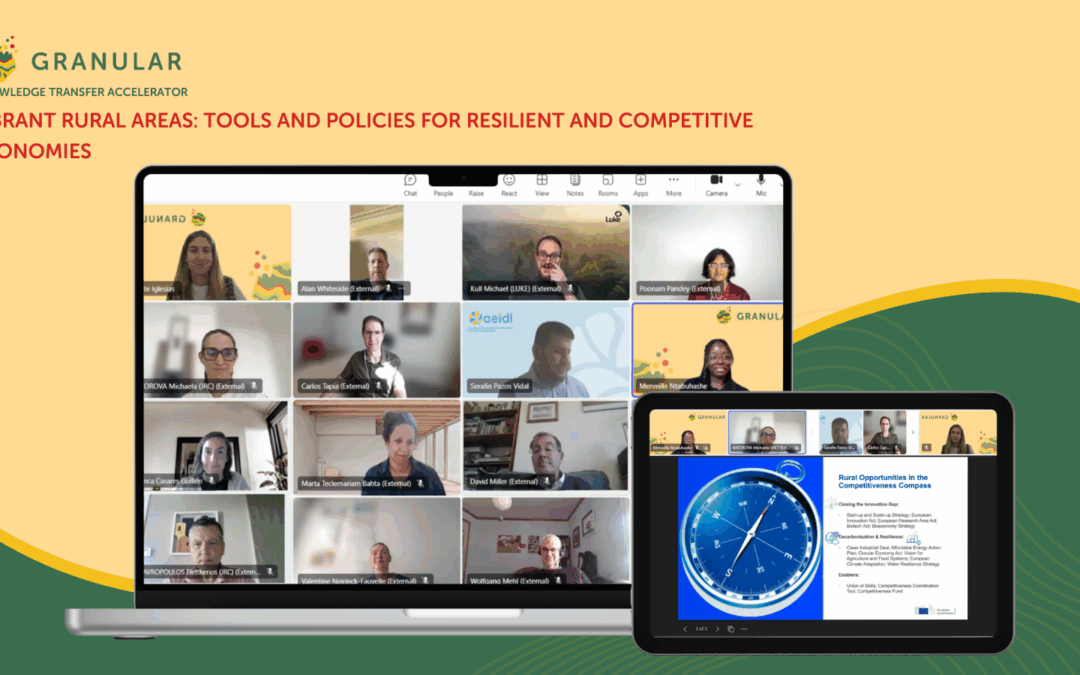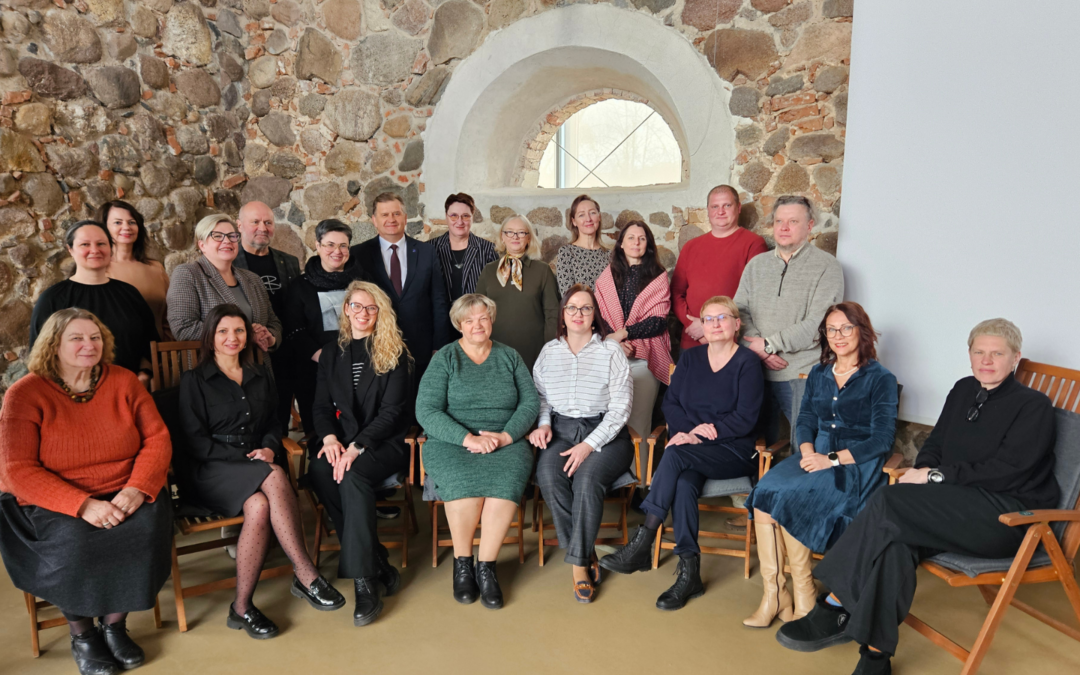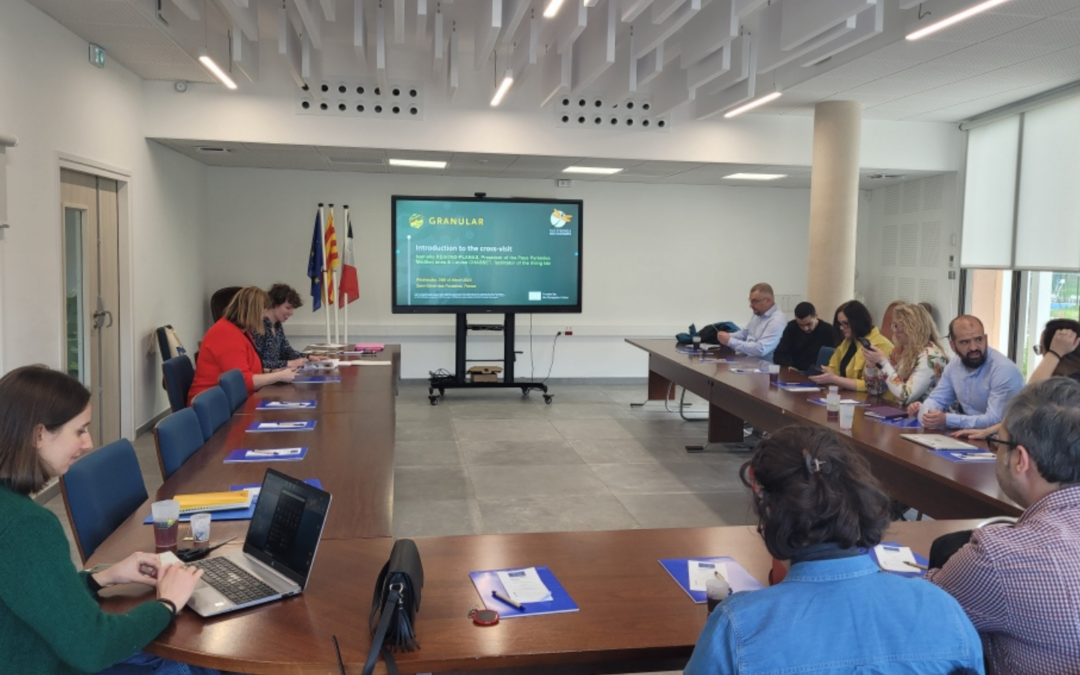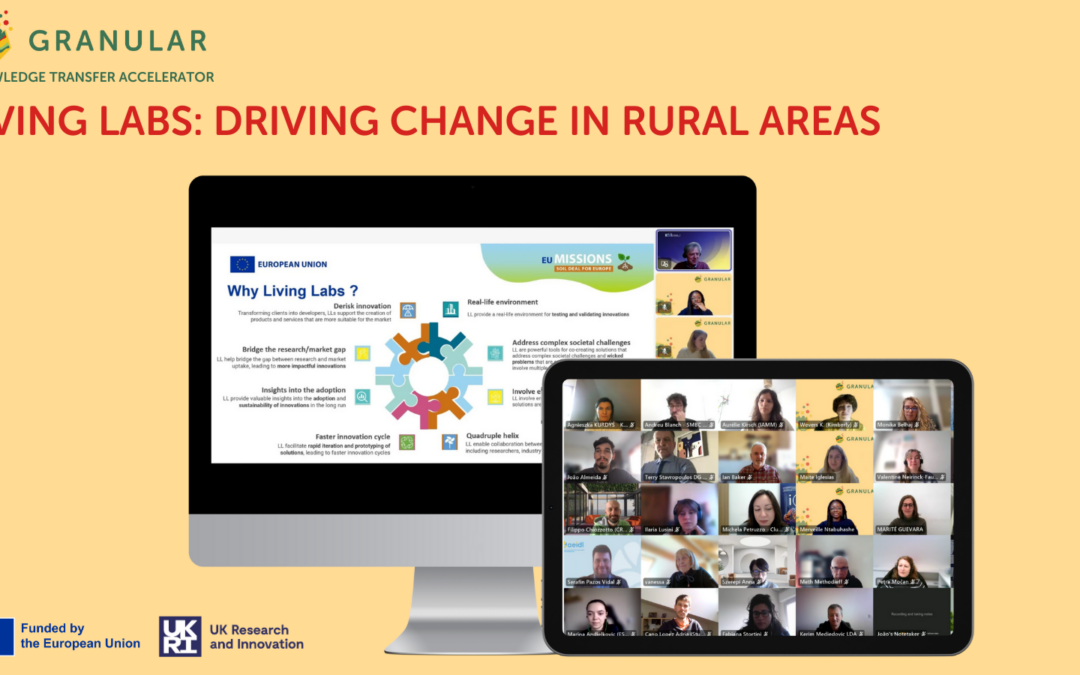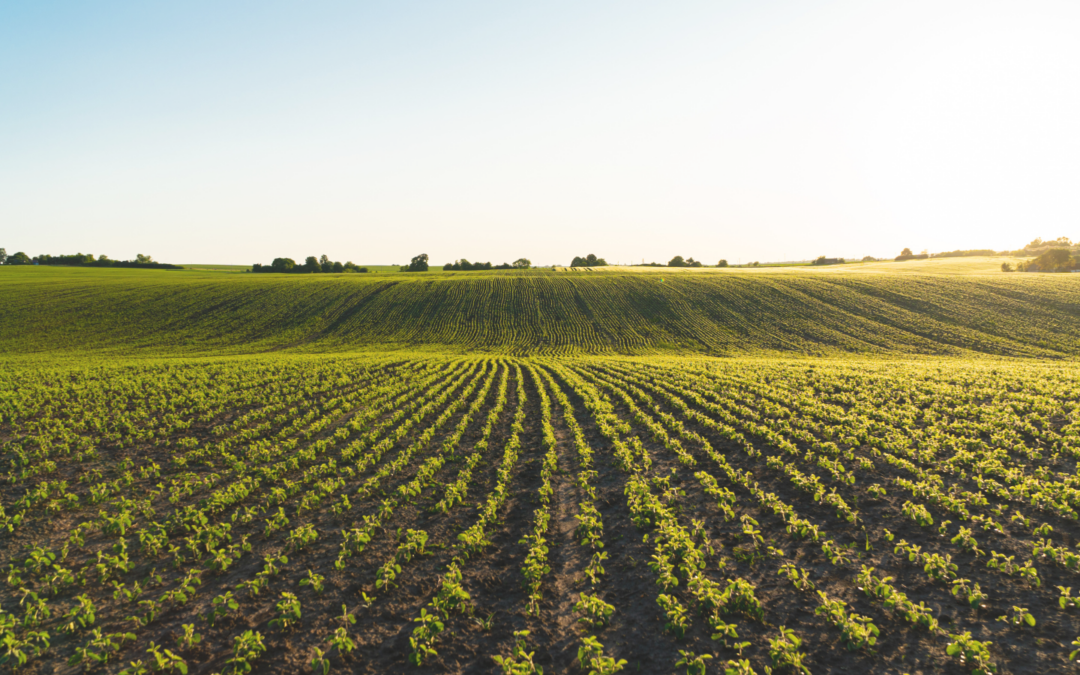A few weeks ago, February 6th, the European Commission introduced a groundbreaking resource to enhance rural development throughout the EU. The newly launched Rural toolkit serves as an interactive guide, mapping all funding opportunities available at the EU level for rural areas. This initiative aims to streamline the process for potential beneficiaries, ensuring easy identification and access to suitable funding options.
A Comprehensive Funding Landscape
Bringing together 26 different EU funds, including the Common Agricultural Policy, Cohesion Funds, Horizon Europe, and the Recovery and Resilience Facility, the toolkit provides a comprehensive overview of support mechanisms. Users can filter schemes based on their role or organisation, specific activities, and the type of support required, ranging from grants to technical assistance.
Inclusivity and Guidance
A key feature of the Rural toolkit is its accessibility across all EU languages, offering automatic translations for inclusivity. It also offers practical guidance and inspiring success stories, showcasing effective use of EU funds in rural areas across the EU.
Vision for the Future
The Rural toolkit aligns with the Commission’s vision for robust, interconnected, and prosperous rural areas within the EU. With rural areas encompassing 83% of the EU territory and hosting 30% of the population, the initiative is crucial. Complemented by the Rural Action Plan and the Rural Pact, it forms part of a holistic strategy for sustainable growth.
One-stop-shop of all EU funds
To sum up, the launch of the Rural toolkit marks a pivotal moment in the EU’s commitment to rural development for more resilient communities. It is a one-stop-shop for practitioners and newcomers alike: Stakeholders can also refer to the Rural Observatory for detailed statistics and analyses on EU rural areas, enriching their understanding of economic, social, and environmental dynamics.
This is highly beneficial for projects such as GRANULAR as it aims to generate novel datasets and methods to better understand the characteristics and dynamics of rural areas.




